Much of modern technology is based on computational models known as artificial neural networks. There are many different types of neural networks which function on the same principles as the nervous system in the human body.
What is a neural network?
As Howard Rheingold said, “The neural network is this kind of technology that is not an algorithm, it is a network that has weights on it, and you can adjust the weights so that it learns. You teach it through trials.” By this, you would be clear with neural network definition.
What are Artificial Neural Networks?
An artificial neural network is a system of hardware or software that is patterned after the working of neurons in the human brain and nervous system. Artificial neural networks are a variety of deep learning technology which comes under the broad domain of Artificial Intelligence.
Deep learning is a branch of Machine Learning which uses different types of neural networks. These algorithms are inspired by the way our brain functions and therefore many experts believe they are our best shot to moving towards real AI (Artificial Intelligence).
Deep learning is becoming especially exciting now as we have more amounts of data and larger neural networks to work with.
Moreover, the performance of neural networks improves as they grow bigger and work with more and more data, unlike other Machine Learning algorithms which can reach a plateau after a point.
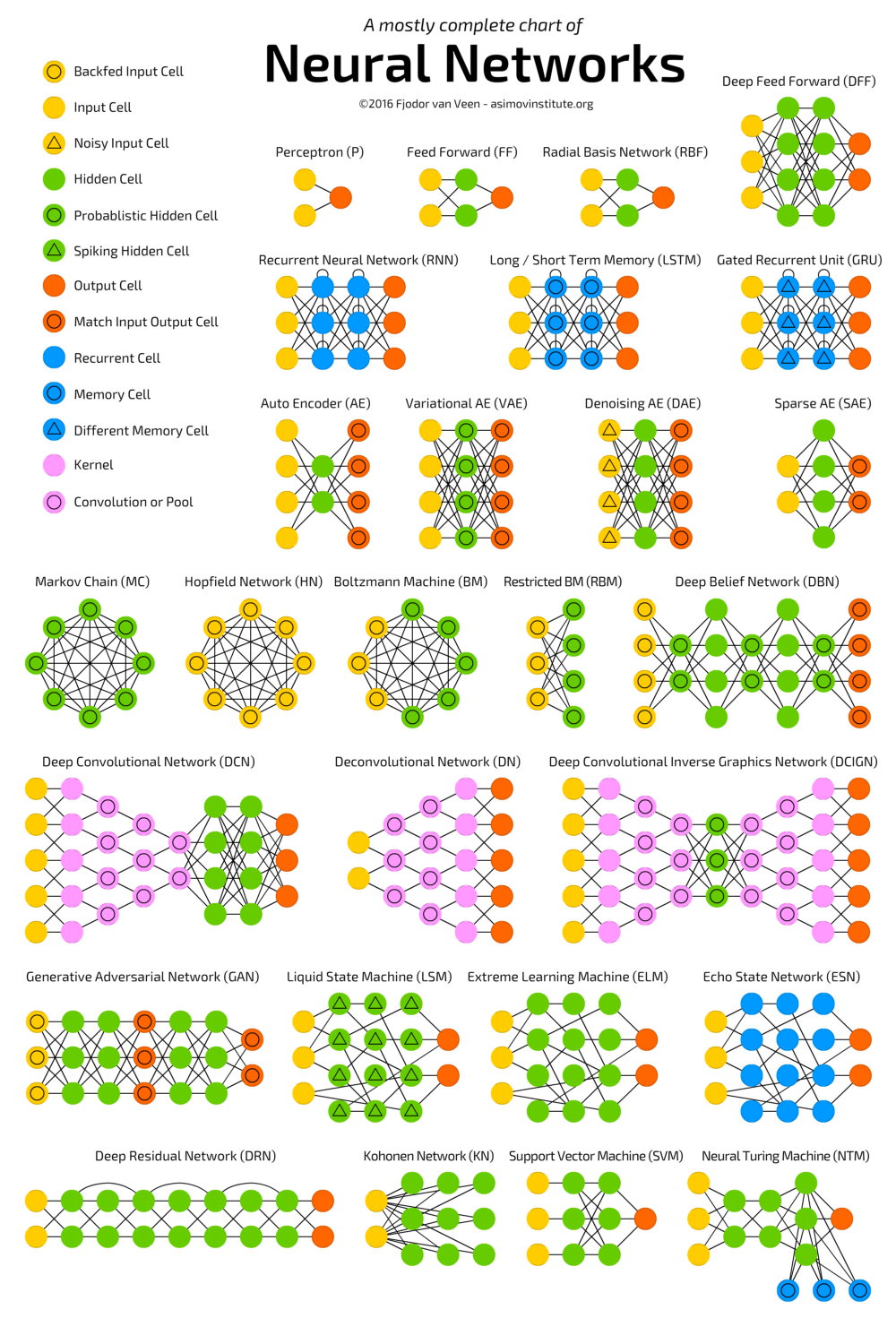
How do Neural Networks work?
A neural network has a large number of processors. These processors operate parallelly but are arranged as tiers. The first tier receives the raw input similar to how the optic nerve receives the raw information in human beings.
Each successive tier then receives input from the tier before it and then passes on its output to the tier after it. The last tier processes the final output.
Small nodes make up each tier. The nodes are highly interconnected with the nodes in the tier before and after. Each node in the neural network has its own sphere of knowledge, including rules that it was programmed with and rules it has learnt by itself.
The key to the efficacy of neural networks is they are extremely adaptive and learn very quickly. Each node weighs the importance of the input it receives from the nodes before it. The inputs that contribute the most towards the right output are given the highest weight.
What are the Different Types of Neural Networks?
Different types of neural networks use different principles in determining their own rules. There are many types of artificial neural networks, each with their unique strengths. You can take a look at this video to see the different types of neural networks and their applications in detail.
Here are some of the most important types of neural networks and their applications.
1. Feedforward Neural Network – Artificial Neuron
This is one of the simplest types of artificial neural networks. In a feedforward neural network, the data passes through the different input nodes until it reaches the output node.
In other words, data moves in only one direction from the first tier onwards until it reaches the output node. This is also known as a front propagated wave which is usually achieved by using a classifying activation function.
Unlike in more complex types of neural networks, there is no backpropagation and data moves in one direction only. A feedforward neural network may have a single layer or it may have hidden layers.
In a feedforward neural network, the sum of the products of the inputs and their weights are calculated. This is then fed to the output. Here is an example of a single layer feedforward neural network.
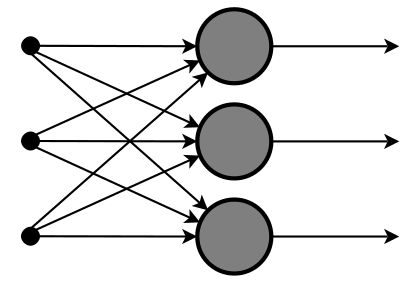
Feedforward neural networks are used in technologies like face recognition and computer vision. This is because the target classes in these applications are hard to classify.
A simple feedforward neural network is equipped to deal with data which contains a lot of noise. Feedforward neural networks are also relatively simple to maintain.
2. Radial Basis Function Neural Network
A radial basis function considers the distance of any point relative to the centre. Such neural networks have two layers. In the inner layer, the features are combined with the radial basis function.
Then the output of these features is taken into account when calculating the same output in the next time-step. Here is a diagram which represents a radial basis function neural network.
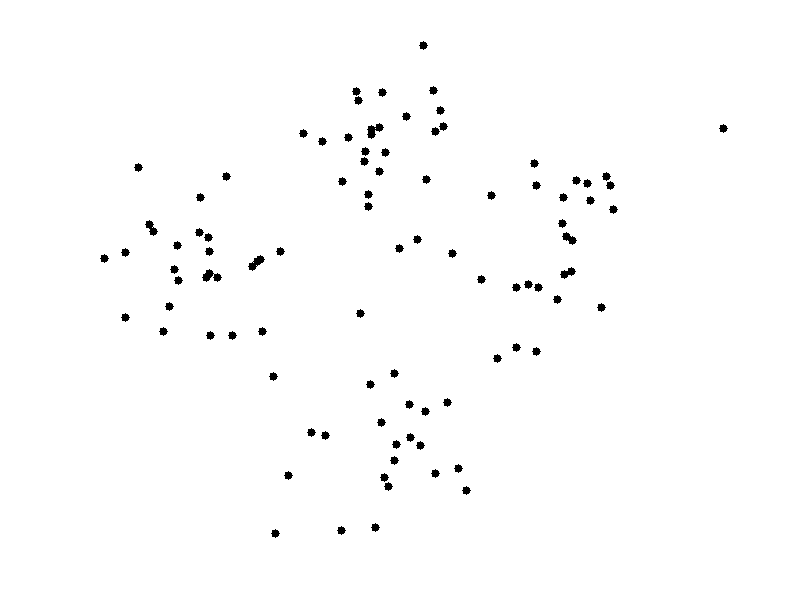
The radial basis function neural network is applied extensively in power restoration systems. In recent decades, power systems have become bigger and more complex.
This increases the risk of a blackout. This neural network is used in the power restoration systems in order to restore power in the shortest possible time.
3. Multilayer Perceptron
A multilayer perceptron has three or more layers. It is used to classify data that cannot be separated linearly. It is a type of artificial neural network that is fully connected. This is because every single node in a layer is connected to each node in the following layer.
A multilayer perceptron uses a nonlinear activation function (mainly hyperbolic tangent or logistic function). Here’s what a multilayer perceptron looks like.
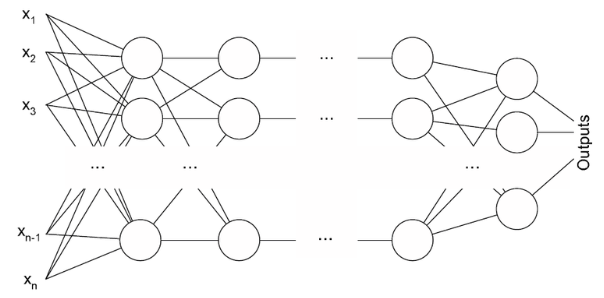
This type of neural network is applied extensively in speech recognition and machine translation technologies.
4. Convolutional Neural Network
A convolutional neural network(CNN) uses a variation of the multilayer perceptrons. A CNN contains one or more than one convolutional layers. These layers can either be completely interconnected or pooled.
Before passing the result to the next layer, the convolutional layer uses a convolutional operation on the input. Due to this convolutional operation, the network can be much deeper but with much fewer parameters.
Due to this ability, convolutional neural networks show very effective results in image and video recognition, natural language processing, and recommender systems.
Convolutional neural networks also show great results in semantic parsing and paraphrase detection. They are also applied in signal processing and image classification.
CNN’s are also being used in image analysis and recognition in agriculture where weather features are extracted from satellites like LSAT to predict the growth and yield of a piece of land. Here’s an image of what a Convolutional Neural Network looks like.

5. Recurrent Neural Network(RNN) – Long Short Term Memory
A Recurrent Neural Network is a type of artificial neural network in which the output of a particular layer is saved and fed back to the input. This helps predict the outcome of the layer.
The first layer is formed in the same way as it is in the feedforward network. That is, with the product of the sum of the weights and features. However, in subsequent layers, the recurrent neural network process begins.
From each time-step to the next, each node will remember some information that it had in the previous time-step. In other words, each node acts as a memory cell while computing and carrying out operations. The neural network begins with the front propagation as usual but remembers the information it may need to use later.
If the prediction is wrong, the system self-learns and works towards making the right prediction during the backpropagation. This type of neural network is very effective in text-to-speech conversion technology. Here’s what a recurrent neural network looks like.
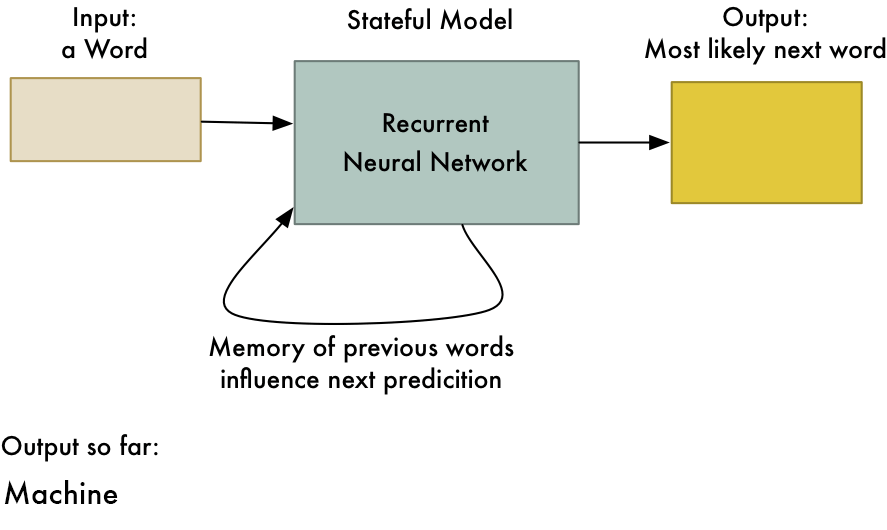
6. Modular Neural Network
A modular neural network has a number of different networks that function independently and perform sub-tasks. The different networks do not really interact with or signal each other during the computation process. They work independently towards achieving the output.
As a result, a large and complex computational process can be done significantly faster by breaking it down into independent components. The computation speed increases because the networks are not interacting with or even connected to each other. Here’s a visual representation of a Modular Neural Network.
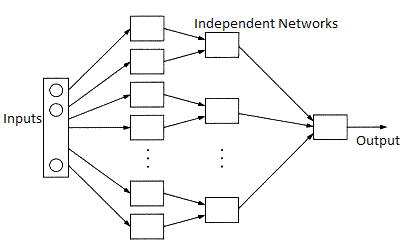
7. Sequence-To-Sequence Models
A sequence to sequence model consists of two recurrent neural networks. There’s an encoder that processes the input and a decoder that processes the output. The encoder and decoder can either use the same or different parameters. This model is particularly applicable in those cases where the length of the input data is not the same as the length of the output data.
Sequence-to-sequence models are applied mainly in chatbots, machine translation, and question answering systems.
Summing up
There are many types of artificial neural networks that operate in different ways to achieve different outcomes. The most important part about neural networks is that they are designed in a way that is similar to how neurons in the brain work.
As a result, they are designed to learn more and improve more with more data and more usage. Unlike traditional machine learning algorithms which tend to stagnate after a certain point, neural networks have the ability to truly grow with more data and more usage.
That’s why many experts believe that different types of neural networks will be the fundamental framework on which next-generation Artificial Intelligence will be built. Thus taking a Machine Learning Course will prove to be an added benefit.
Hopefully, by now you must have understood the concept of Neural Networks and its types. Moreover, if you are also inspired by the opportunity of Machine Learning, enrol in our Machine Learning using Python Course.
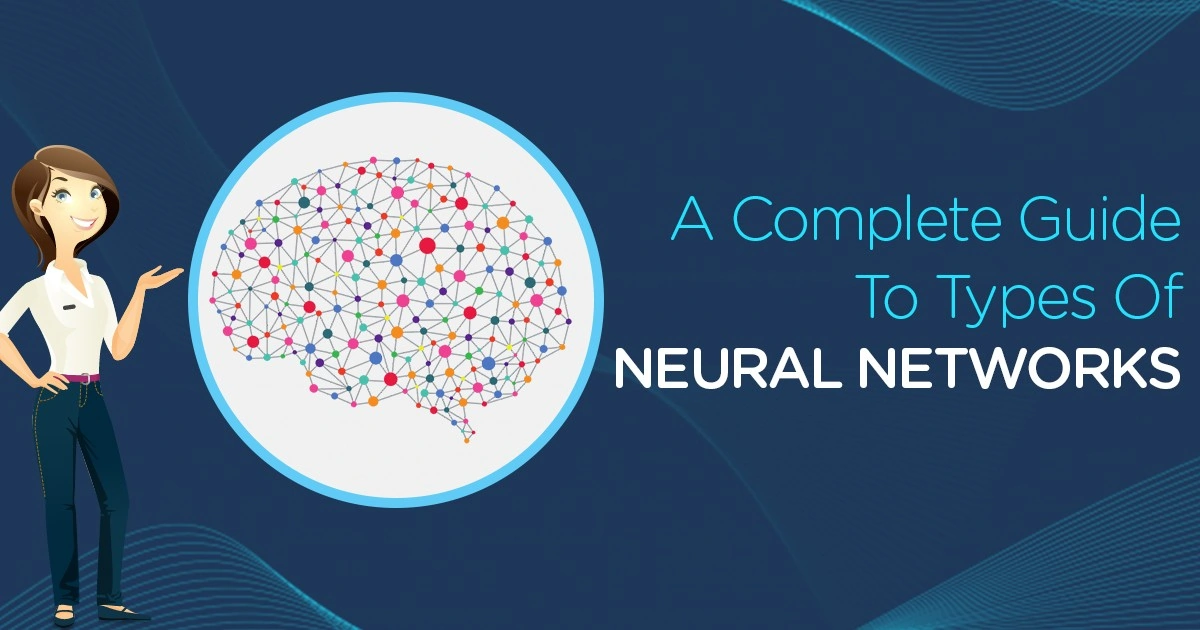


















Good article. Never seen a picture which summarizes different type. Do you have an example of functions that can be used in feed forward or examples 9f feed forward
Awesome Article! I would like to thank you for the efforts you had made for writing this awesome article.
Thank you.
Awesome Article!
Thank you
Thanks for such very great information.
You’re Welcome.